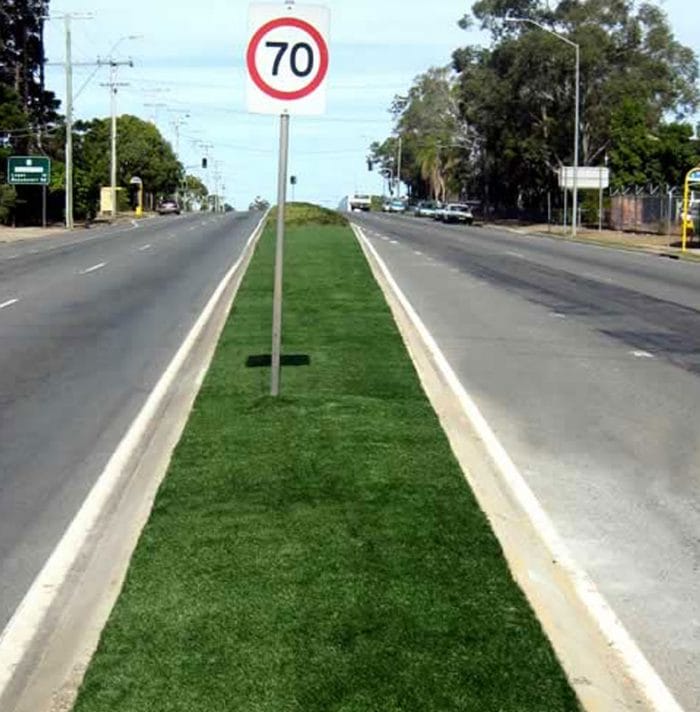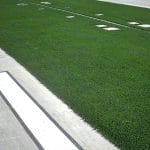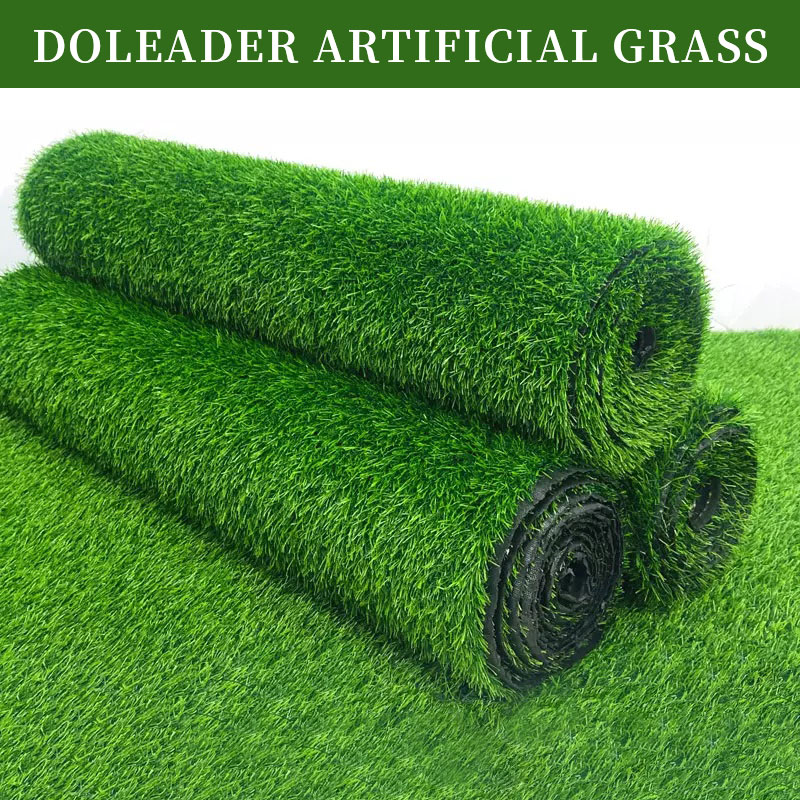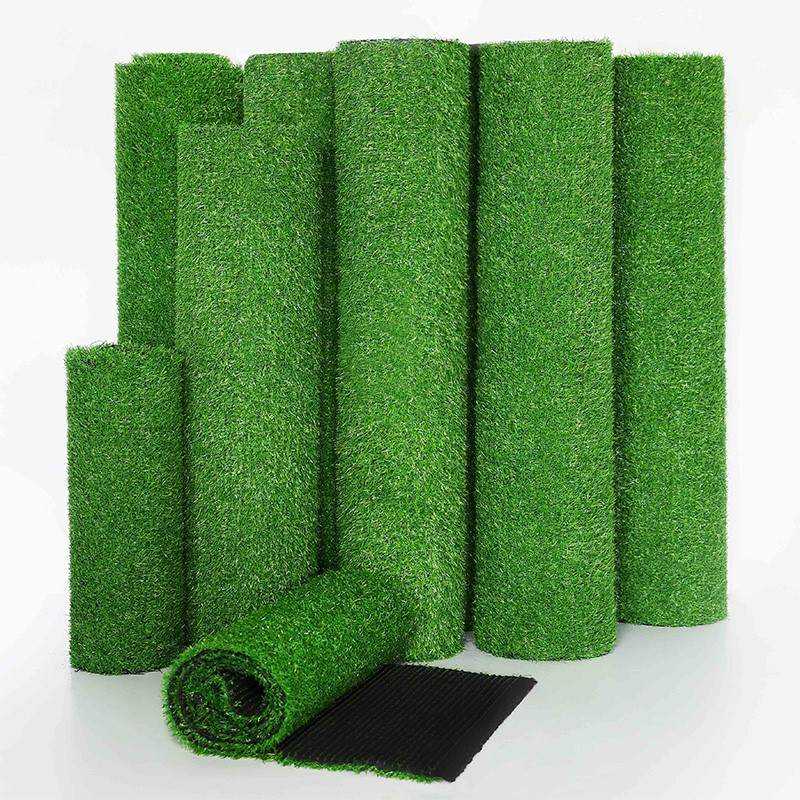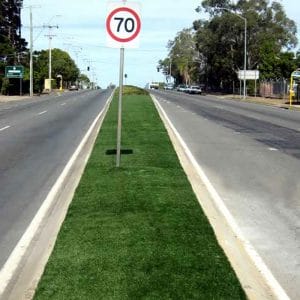
Artificial grass can be utilized as an effective tool for traffic calming measures in urban or residential areas, offering both aesthetic appeal and functionality to manage vehicular speed and enhance road safety. Here’s how it can be employed for traffic calming:
Benefits of Artificial Grass for Traffic Calming:
1. **Visual Signaling:** Artificial grass installations, such as along road edges or in median strips, provide a visual cue to drivers, indicating the need to slow down and exercise caution in these areas.
2. **Improved Aesthetics:** Incorporating synthetic turf into traffic calming measures enhances the visual appeal of the surroundings, making the area more inviting and pleasant for pedestrians and residents.
3. **Reduced Noise Levels:** Synthetic grass can help dampen road noise, contributing to a quieter and more peaceful environment for nearby residents.
4. **Safety Enhancement:** Soft and cushioned surfaces of artificial grass may reduce injury risks in case of accidents, particularly in areas where pedestrian interaction with roadways is common.
Applications for Traffic Calming:
1. **Road Medians:** Installing artificial grass in medians or central reservations of roads can create a calming effect, visually separating traffic lanes and encouraging reduced speeds.
2. **Roundabouts or Traffic Circles:** Synthetic turf in the center or around traffic islands within roundabouts can promote a more relaxed driving pace.
3. **Pedestrian Zones:** Implementing artificial grass in pedestrian-friendly areas, like walkways, crossings, or pedestrian plazas, helps delineate spaces and promote safer interactions between pedestrians and vehicles.
Design and Customization:
1. **Color and Patterns:** Synthetic turf comes in various shades of green, allowing for customization to create visually appealing patterns or designs that complement the surrounding landscape.
2. **Combining with Other Elements:** Artificial grass can be integrated with other traffic calming features like speed bumps, bollards, or signage to create a comprehensive calming strategy.
Installation and Maintenance:
1. **Professional Installation:** Proper installation by experienced professionals ensures the turf is securely anchored and meets safety standards.
2. **Regular Maintenance:** Periodic cleaning and grooming of the artificial grass are essential to maintain its appearance and functionality.
Considerations:
1. **Durability:** Select high-quality artificial grass designed for outdoor use, capable of withstanding vehicular and pedestrian traffic.
2. **Safety Standards:** Ensure compliance with safety regulations and standards for roadways and pedestrian areas when implementing artificial grass for traffic calming measures.
Conclusion:
Artificial grass serves as a versatile and visually appealing component for traffic calming initiatives, contributing to safer and more aesthetically pleasing urban or residential environments. When integrated thoughtfully and strategically, synthetic turf can effectively communicate traffic calming cues to drivers, encourage reduced speeds, and create a more inviting and harmonious atmosphere for both pedestrians and motorists. Proper selection, installation, and maintenance of artificial grass play crucial roles in successful traffic calming implementations within communities.


